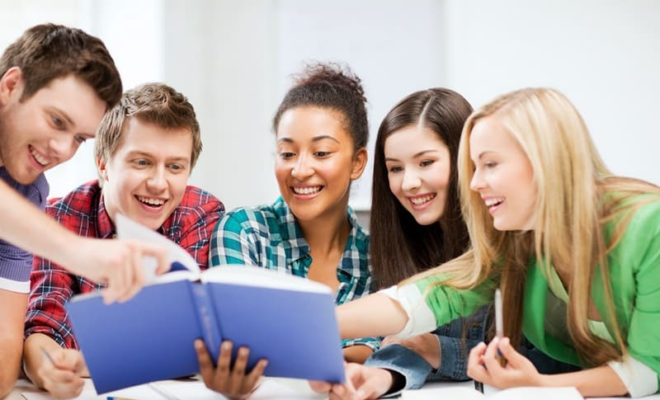
As providers of o level English tuition, we always have a decision to make when deciding how to introduce language to students at the beginning of a lesson.
Do we need to start by presenting the forms we are teaching, explaining their meaning, drilling and verifying that meaning, and then working up to phrases and sentences with lots of teacher support?
Alternatively, can we introduce this language in reading or listening material and rely on students to understand it as it is used in the activity?
These two methods of language presentation demonstrate how a top-down approach and a bottom-up approach, both of which can be useful in certain circumstances, differ from one another. The phrases “top” and “bottom” allude to the moment when students have their first contact with the language they are learning.
“Top-end” processing is required in order to comprehend the language being used in relation to other linguistic and structural components at the paragraph, dialogue, or whole-text level.
Bottom-end processing requires concentrated work with single words, progressing to phrases and sentences in ever-larger linguistic units over the course of a lesson.
Through reading texts, listening to recordings, or watching videos, students are introduced to language in the context of top-end structures before concentrating on the individual sentences and phrases. This method is known as a “top-down” approach.
Alternatively, a “bottom-up” approach concentrates on vocabulary, spelling, and pronunciation before encouraging students to use them in phrases and sentences, typically in limited contexts, before applying them further in higher-level conversation or writing projects.
How familiar the pupils are with the language you are teaching should be one consideration when deciding which path to pursue during a class. How simple is it for students to deduce the meanings of what you offer them, and how much assistance does the class generally require with new forms that you present?
Students who are somewhat familiar with the language you will emphasize in a text or who are more autonomous learners who can deal with new language in context should be taught using a top-down strategy. When teaching intuitive language or language that has a lot of contextual cues to meaning, top-down methods are preferable.
A bottom-up strategy can benefit students who desire more instructor support while learning new forms and is more successful for language that is more challenging to understand (such as irregular or complex forms that may cause confusion if not explicitly taught early in a class).
However, if tasks and activities are created to scaffold independence by working with language in context, a top-down strategy can be an effective technique to encourage more independence with language learning among more dependent learners.
Do not simply convey language in a text because that is how it is done in the textbook; rather, be mindful that the decision to utilize top-down or bottom-up planning is one that you have made consciously.
A bottom-up strategy might be more successful for the students in your class taking PSLE English tuition. Similar to this, it can be time-consuming to teach the language from the start to students who can already use it to some level.
In this situation, it might be more fruitful to add challenges and deliver the forms in a listening or reading activity from the top down. In the end, you, the instructor, must make a decision based on your understanding of the students and the language you are teaching.








